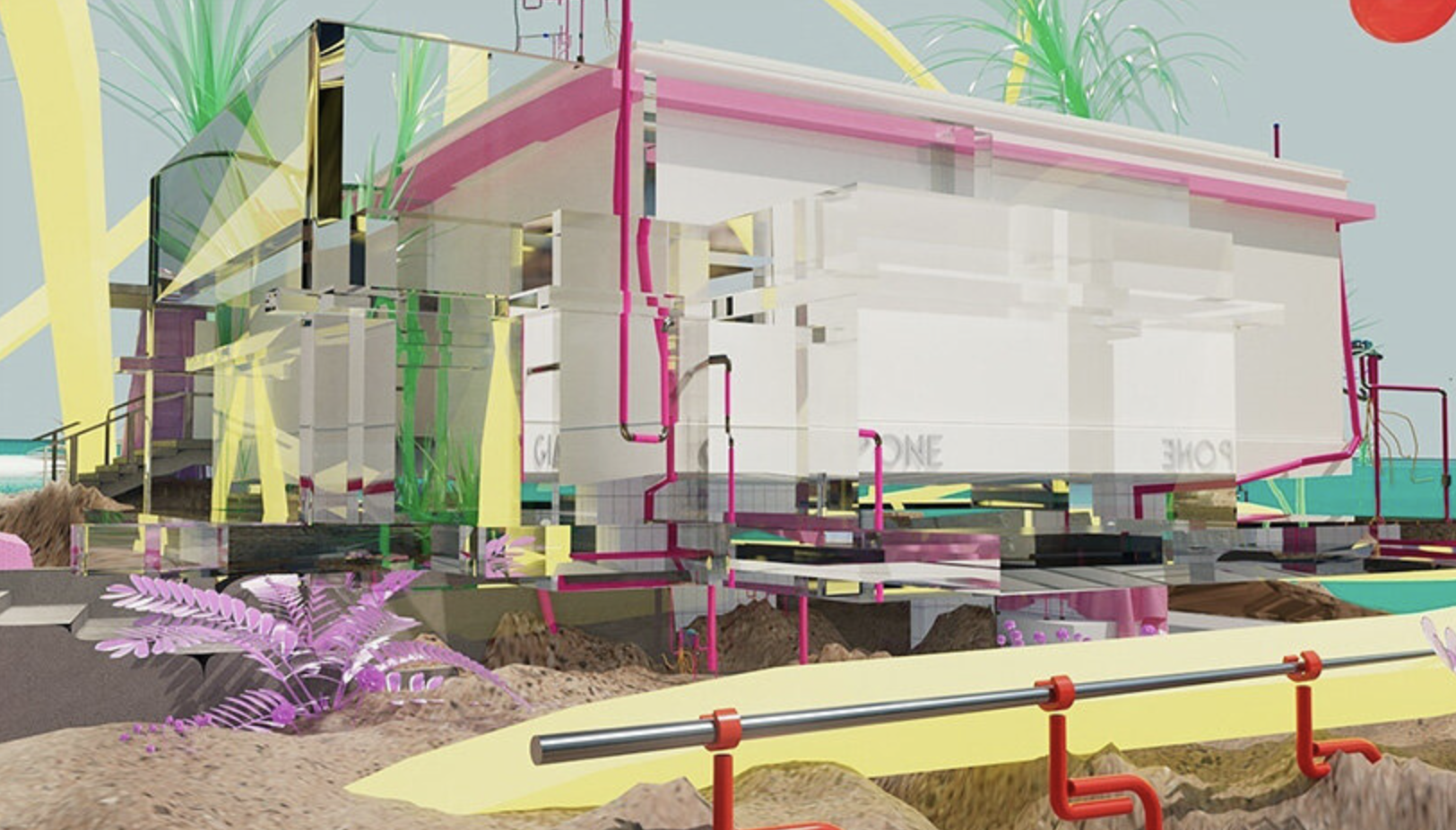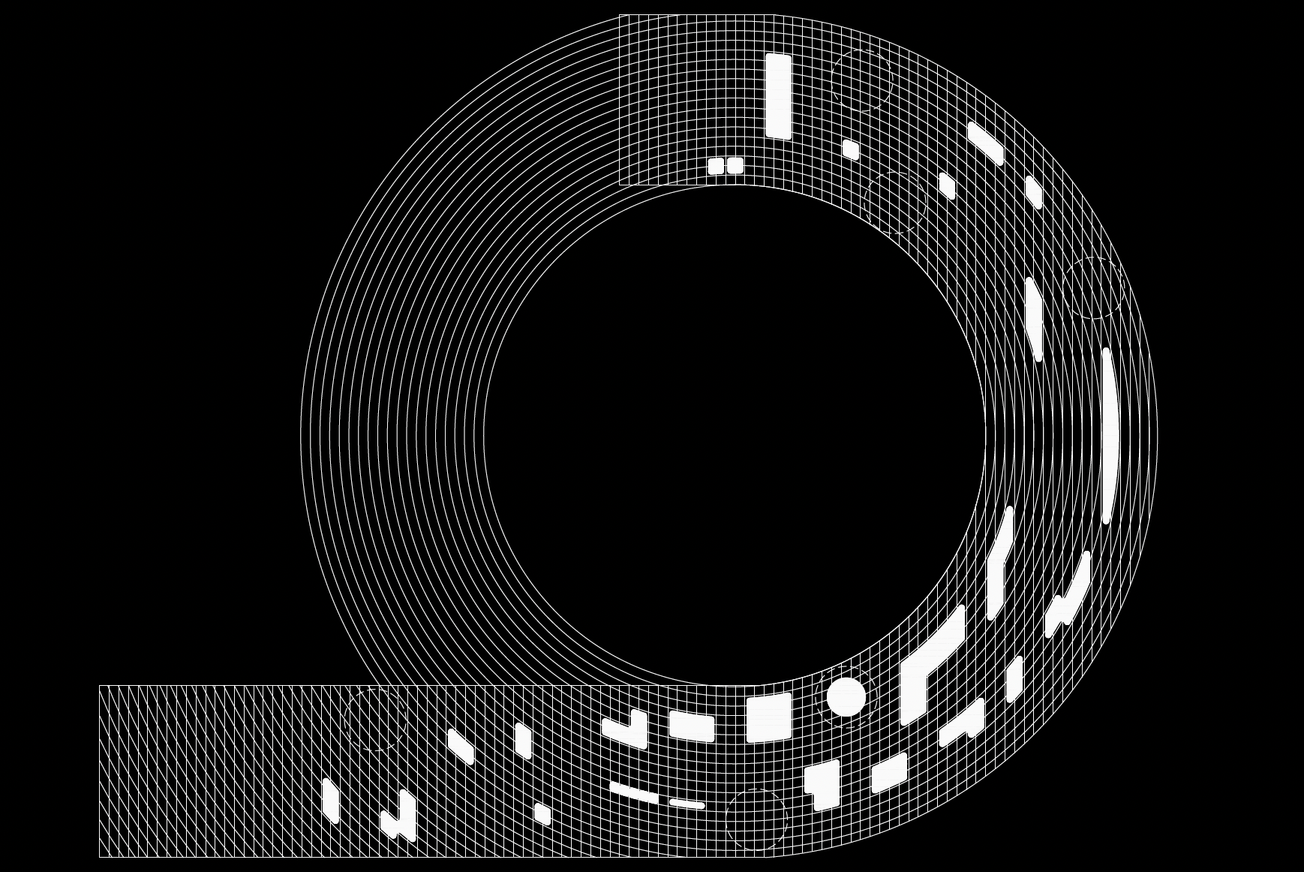The 2025 Venice Architecture Biennale opens in less than a week, and what’s on display may challenge some assumptions about architecture’s relationship with AI, code, and living systems.
By now, architecture’s deep entanglement with emerging technologies isn’t a novelty — it’s a baseline. The real question isn't whether AI, digital fabrication, and biomaterials are reshaping the built environment, but how we design with, through, and alongside them.
The 2025 Venice Architecture Biennale, curated by Carlo Ratti under the title Intelligens. Natural. Artificial. Collective., maps the cutting edge where natural intelligence and machine intelligence collide. Across pavilions, the Biennale challenges architects to think beyond form and function toward ecosystems, metabolism, and co-evolution.
This year, the world’s most experimental architects aren’t building monuments — they’re building new life systems. Here’s a look inside the Biennale’s most future-forward offerings — each a glimpse into what building might mean in a post-anthropocentric, machine-augmented world.
Belgian Pavilion: Plant Intelligence Gets Architectural
Bas Smets isn’t interested in just planting trees. In Building Biospheres, he and plant neurobiologist Stefano Mancuso create an actual living system inside the Belgian Pavilion, where 200+ plants are wired with AI-driven sensors. These sensors monitor environmental needs — moisture, light, temperature — and send real-time data that influences the micro-ecosystem’s configuration. It's less a garden and more a breathing, evolving architectural organism. By embedding plant intelligence into the built environment, Smets sketches a radical blueprint for cities where buildings and forests merge into one metabolic system.
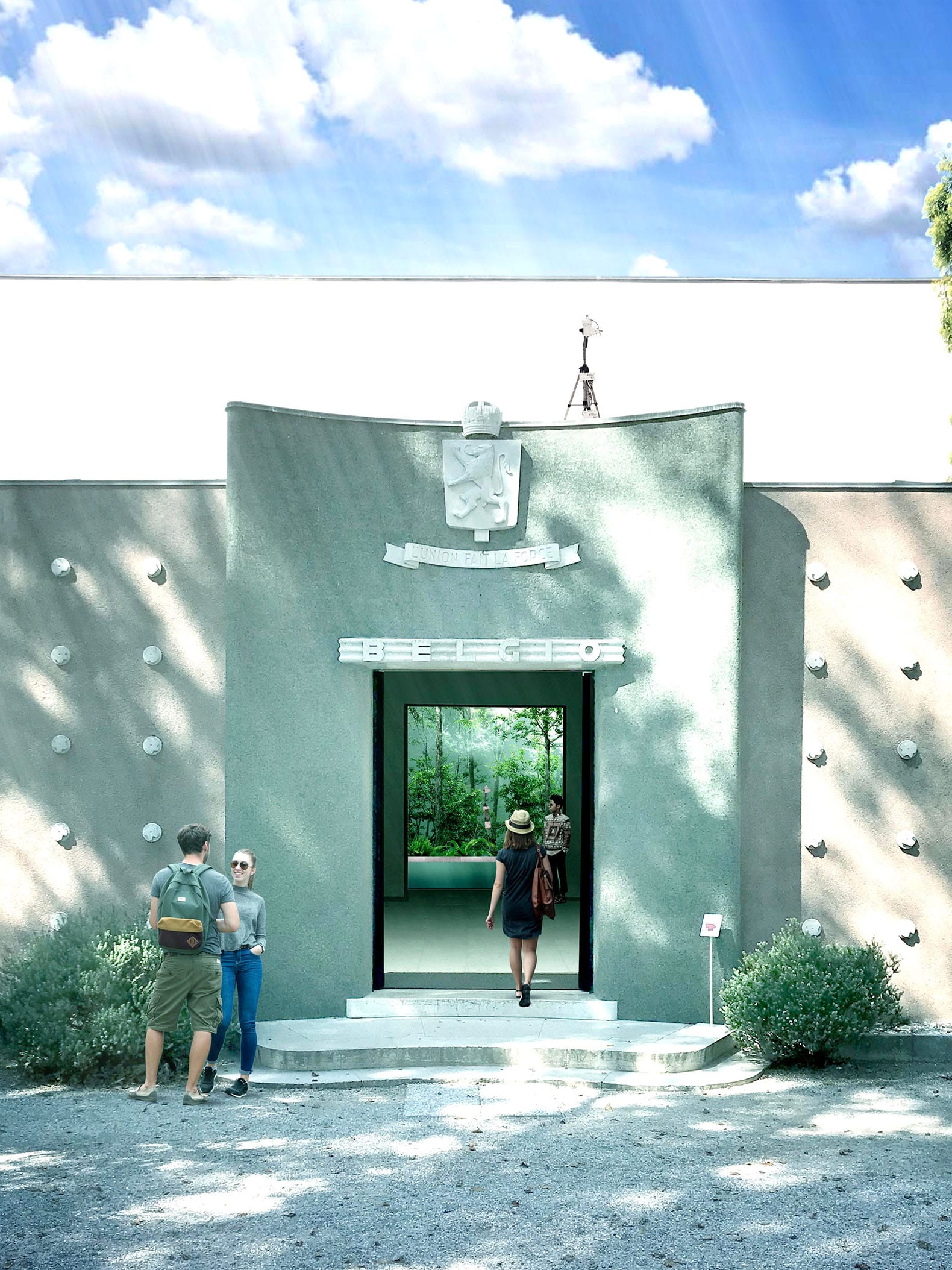
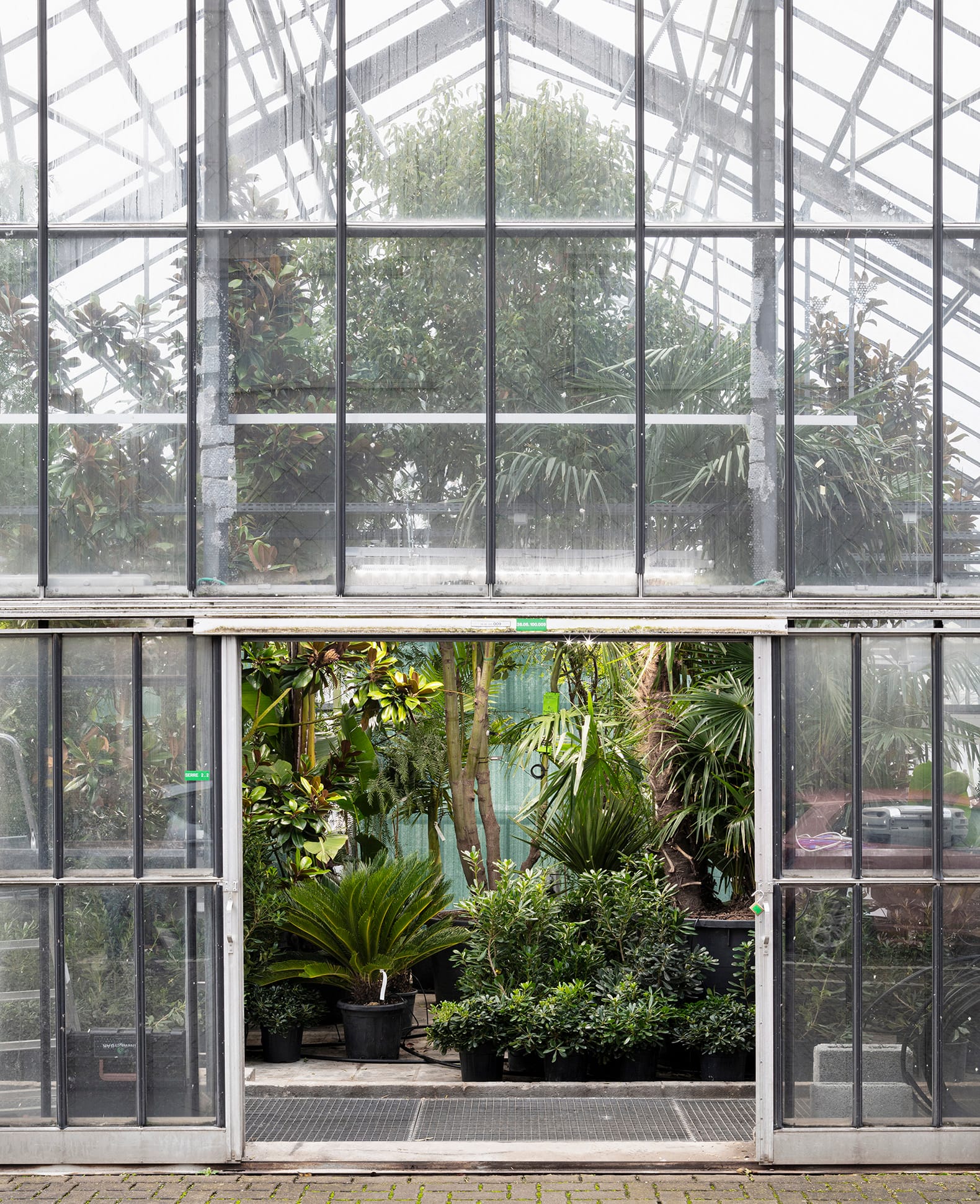
Armenian Pavilion: Preserving Heritage with Machine Learning
At the Armenian Pavilion, history is no longer fragile. Curated by Marianna Karapetyan, Microarchitecture Through AI uses machine learning to digitally reconstruct cultural monuments at risk from climate change, war, and decay. AI algorithms comb through archival images, satellite data, and historic records to predict missing architectural details and even propose adaptive restorations. The result is not a nostalgia-driven replica but a hybrid memory archive that’s dynamic, layered, and resilient. It’s a sharp counterpunch to the idea that AI only looks forward — here, it acts as a preservationist, fighting loss with code.
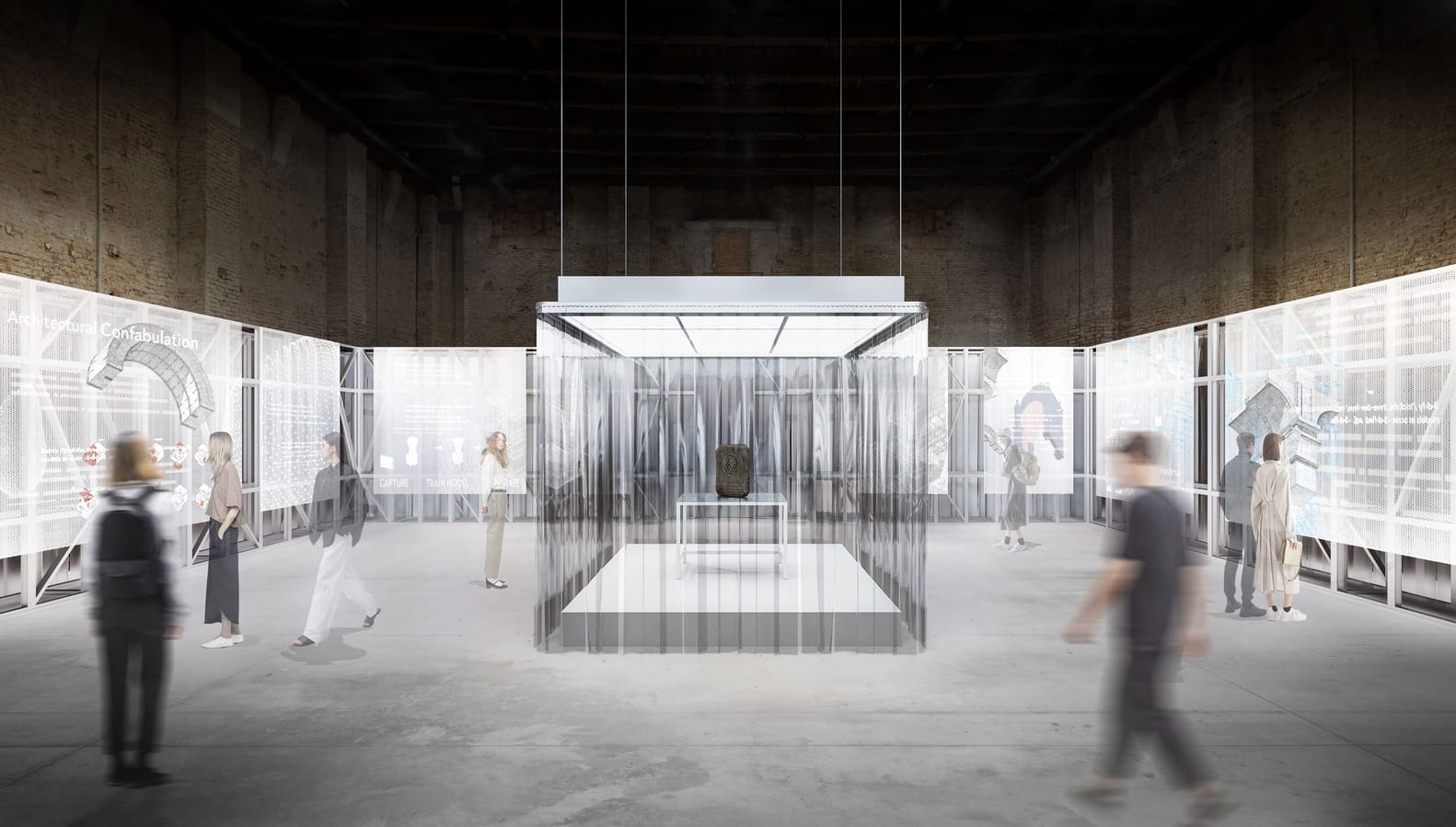
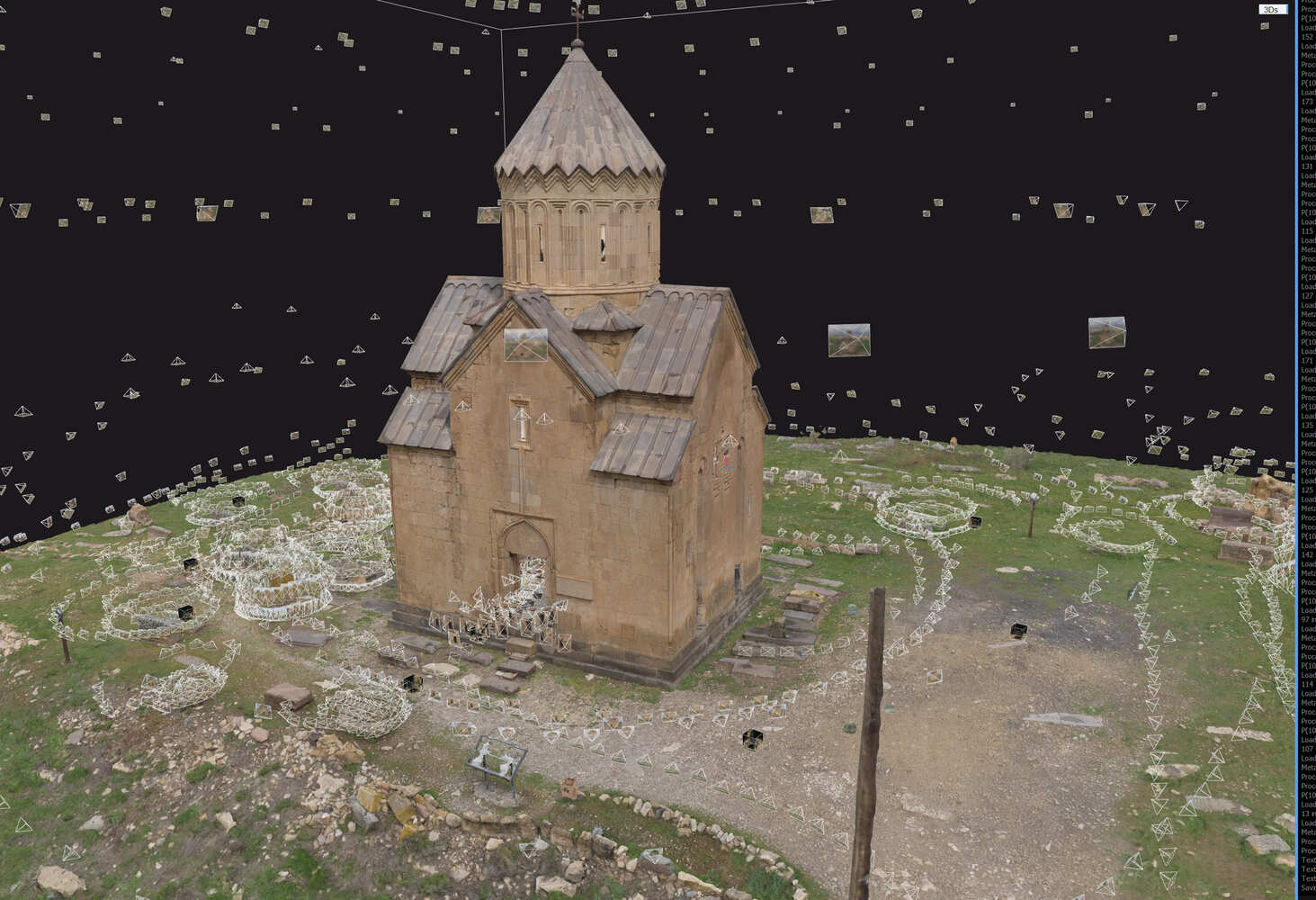
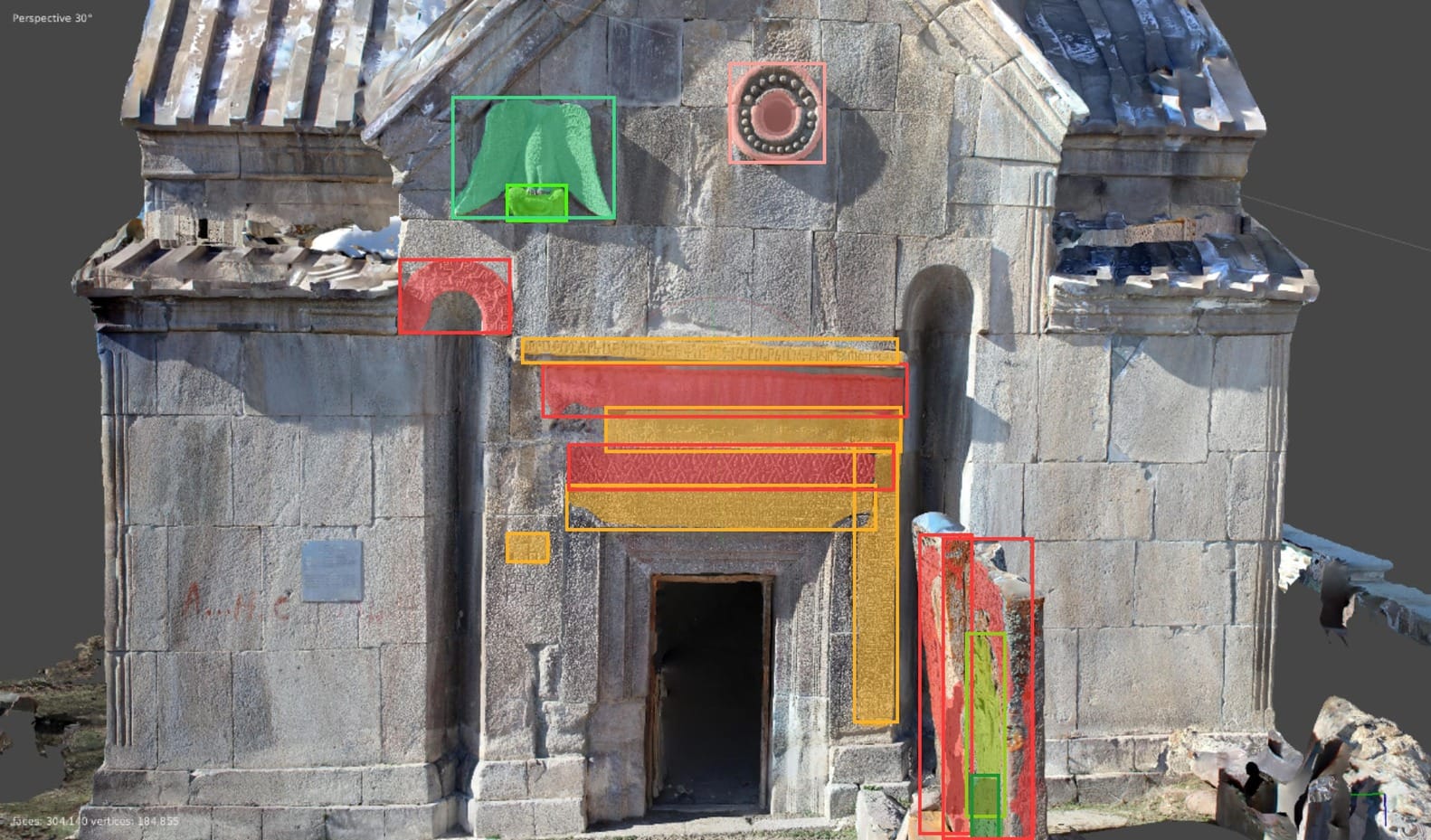
Canadian Pavilion: Cultivating Architecture, Not Building It
Forget concrete and steel. The Canadian Pavilion’s Picoplanktonics, led by the Living Room Collective, imagines architecture as a symbiotic extension of ecological systems. Using bio-design techniques and digital fabrication, they cultivate microstructures that behave like living organisms — growing, adapting, and metabolizing energy from their environments. Think bioprinted coral reefs, architectural membranes seeded with algae, or walls that clean the air they touch. In their hands, architecture isn't made; it's farmed, nurtured, and grown in collaboration with nature’s smallest engineers.
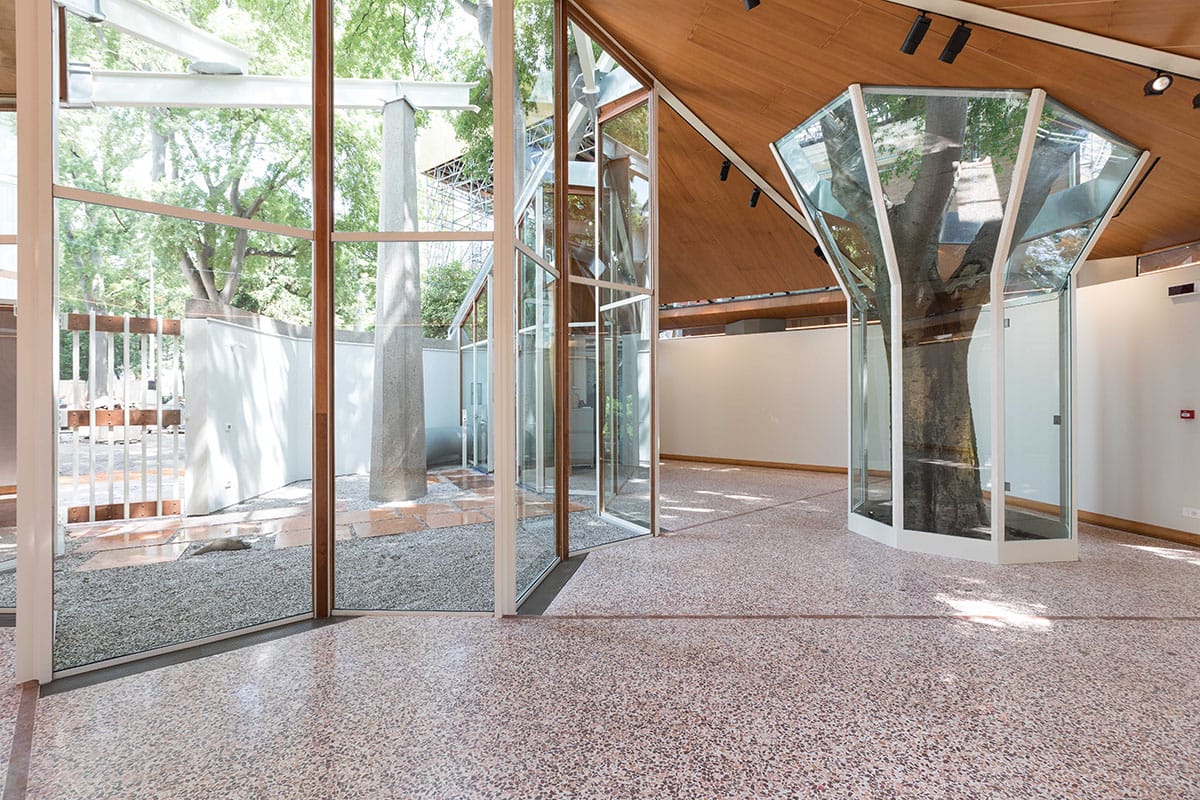
Japan Pavilion: The Zen of Smart Building
The Japan Pavilion, In-Between, shaped by heavyweights Kengo Kuma and Sou Fujimoto, offers a meditation on architecture’s evolving intelligence. Here, traditional materials — timber, bamboo — meet emerging tech like AI-driven design software, VR environments, and responsive building systems. Rather than replacing craftsmanship, AI in this space acts as a quiet collaborator, guiding material behavior, optimizing structures, and generating living blueprints. It’s a nuanced vision: a world where architectural "intelligence" is both digital and deeply, stubbornly human. The exhibition reminds visitors that future cities might look less like techno-utopias and more like evolved temples — organic, responsive, and deeply contextual.
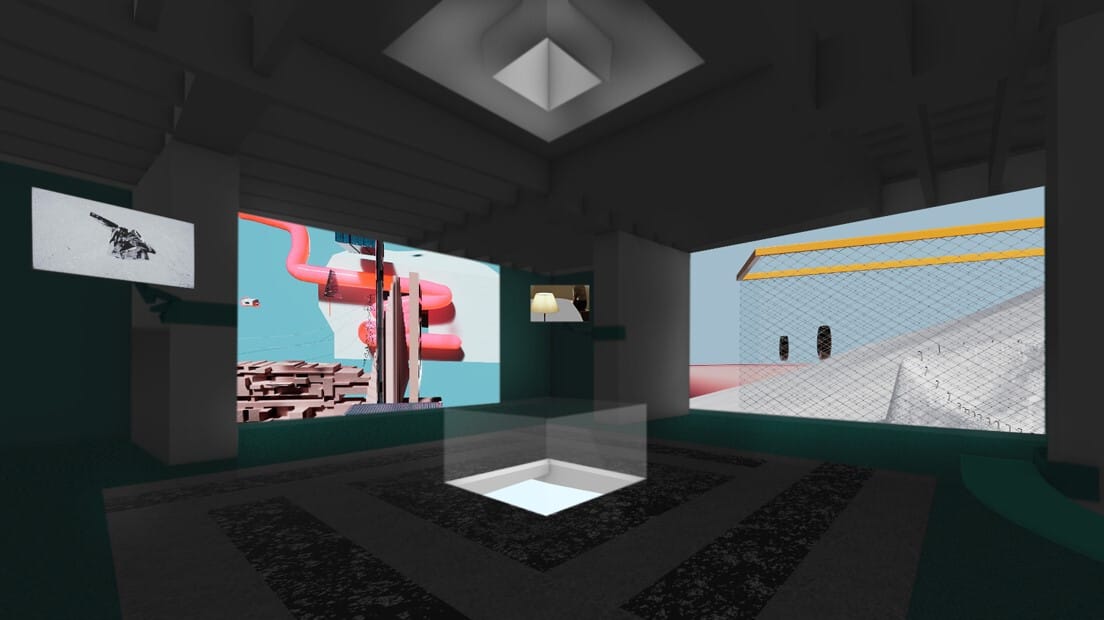
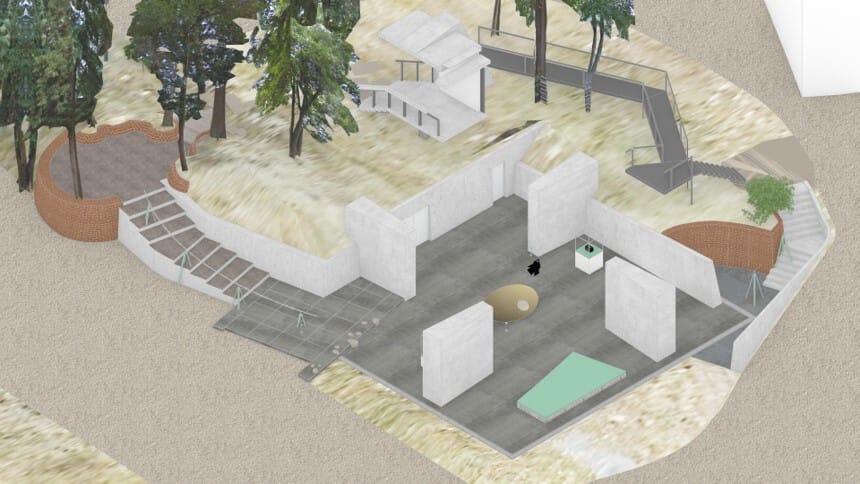
Spain Pavilion: Timber Futures and Regenerative Architecture
Daniel Ibáñez and the IAAC team bring muscle to the sustainability conversation at the Spanish Pavilion. Materials: From Extracting to Metabolizing doesn’t just showcase cross-laminated timber as a "green alternative" — it makes a case for timber cities that actively metabolize carbon, breathing like forests. Through immersive displays, visitors walk through speculative urban landscapes made entirely from regenerative materials. There’s a sharp rejection here of the idea that construction must always deplete resources; instead, they propose cities as circular economies, designed from the ground up for replenishment. It’s a timely reminder that the climate revolution will be built not just with policies, but with literal new matter.
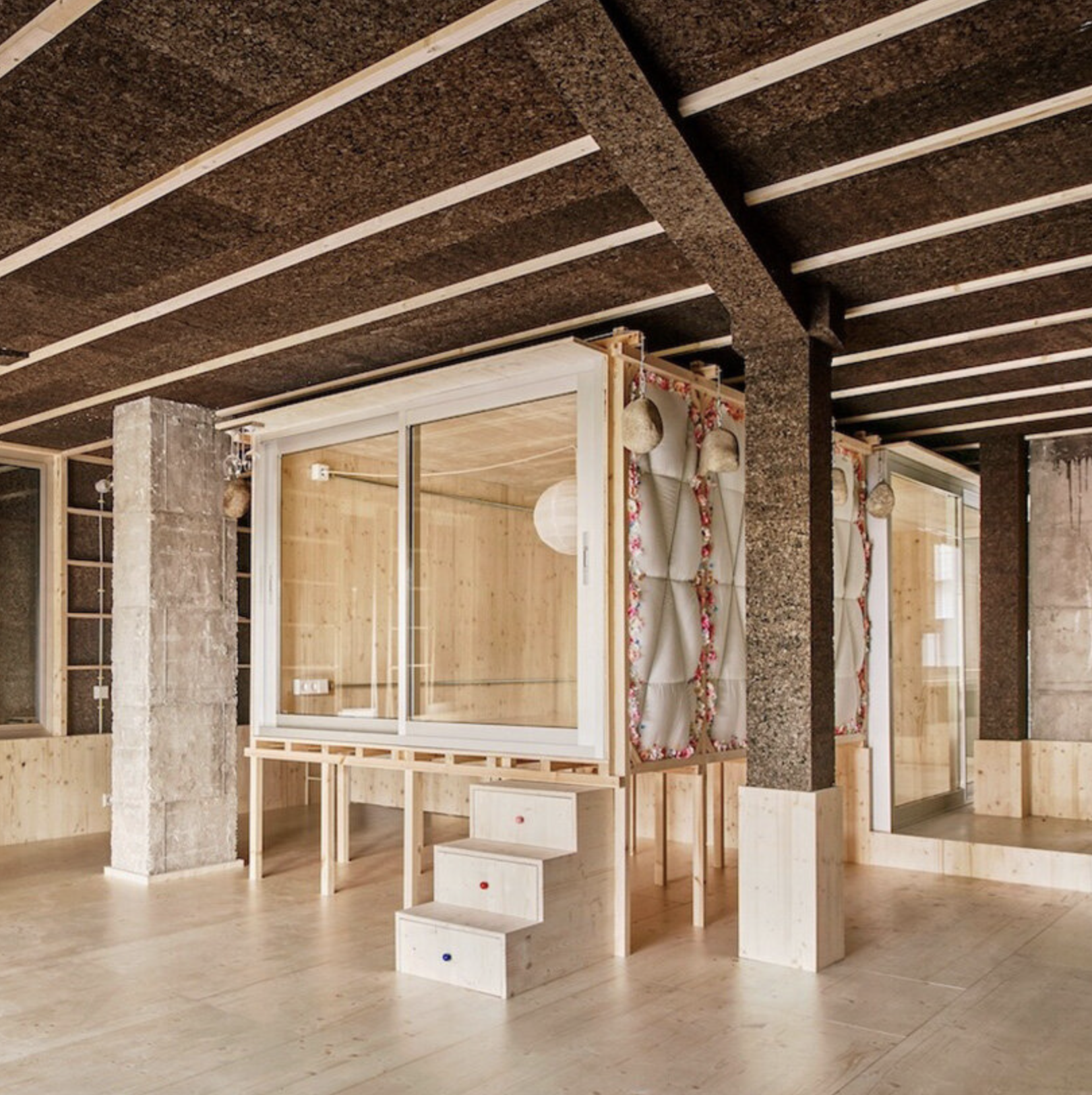
Central Pavilion: Visualizing Architectural Networks
Instead of walls, the Central Pavilion at the Biennale is wrapped in data. Professors Albert-László Barabási and Paolo Ciuccarelli’s project , Constructing the Biennale, visualizes 40 years of the exhibition’s history as a massive, living network. Think sprawling maps of architects, projects, movements — all rendered through stunning data visualizations. It’s a fitting meta-commentary: a Biennale about collective intelligence needs a central structure that thinks like a brain. The work subtly proposes that the future of architecture isn’t a series of lone genius moments, but a constantly shifting web of collaborations, failures, and reinventions.
Image Credit: Barabási Lab. Three-dimensional mockup of the Barabási Lab’s installation, wrapping outside of the Biennale’s Central Pavilion.
The 2025 Venice Architecture Biennale doesn’t frame emerging technologies as speculative add-ons to architecture — it treats them as structural realities. Across AI, biomaterials, and computational design, the projects on display imagine buildings not as isolated artifacts, but as nodes in broader living, learning systems. In a landscape where climate, computation, and collective intelligence drive every major shift, the most radical architecture isn't about aesthetics — it's about adaptation. What emerges at this Biennale is less a new style, and more a new metabolism: a recalibration of how architecture thinks, grows, and survives.
What emerges from the 2025 Venice Architecture Biennale is a vision of architecture no longer defined by structure alone, but by systems—biological, computational, and cultural.
The most compelling projects don't just adapt to the climate crisis or technological change—they internalize those forces as design logic. In this new design frontier, buildings don’t just shelter life. They participate in it.

